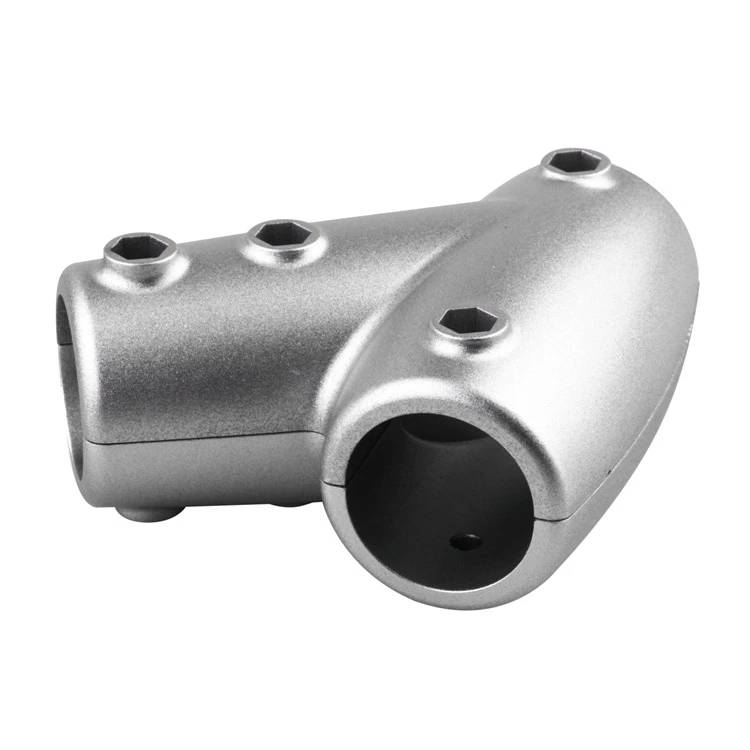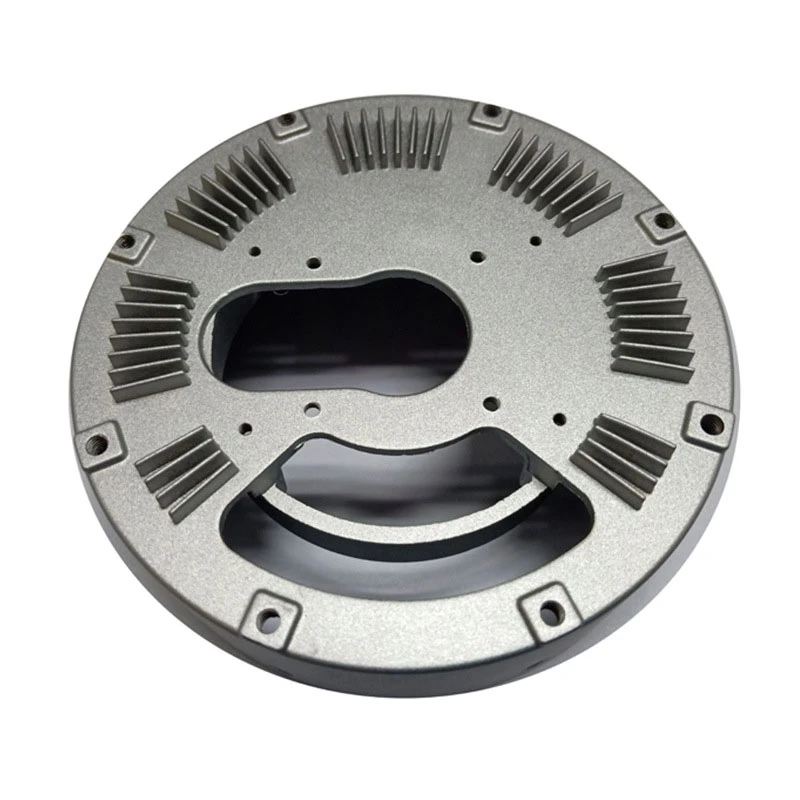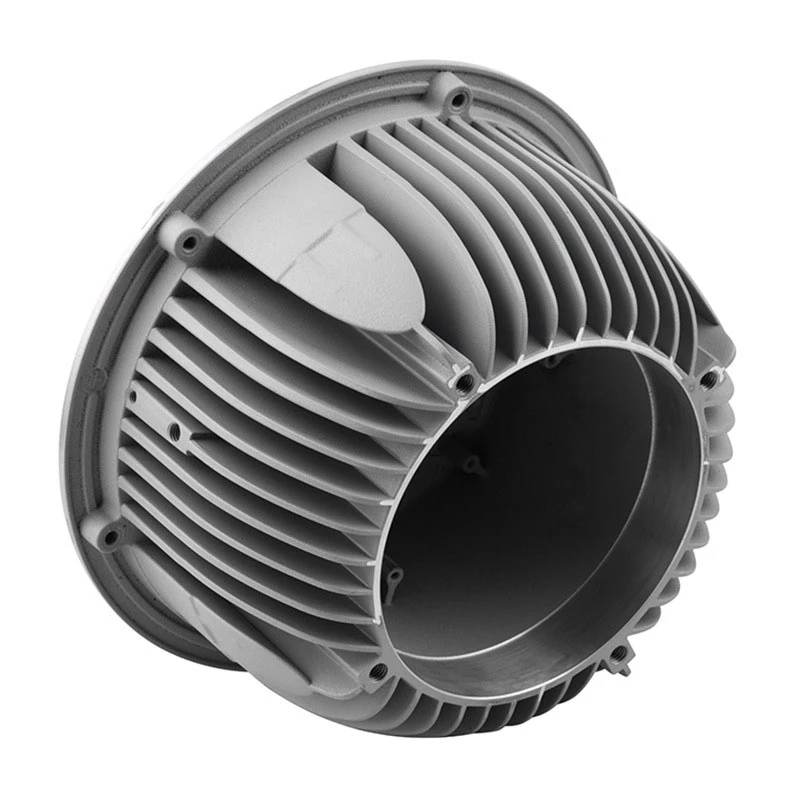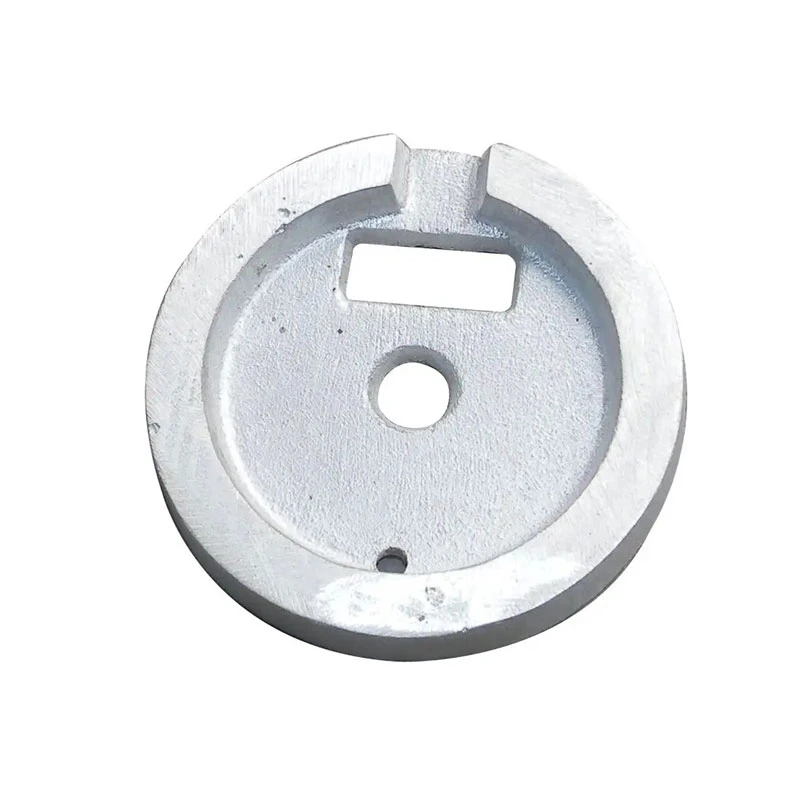precision metal casting
Precision Metal Casting An Overview
Precision metal casting is a crucial process in the manufacturing industry, allowing for the creation of intricate metal parts with high dimensional accuracy and optimal surface finish. This technique has gained significant traction across various sectors, including automotive, aerospace, medical, and consumer goods, due to its ability to produce complex shapes that would be difficult or impossible to achieve through traditional machining methods.
At its core, precision metal casting involves pouring molten metal into a carefully designed mold. The mold is typically made from materials such as sand, metal, or ceramic, which can withstand the high temperatures of molten metal. Once the metal solidifies, the mold is removed, leaving behind a precisely shaped metal component. The precision aspect of this process comes from the advanced techniques and technologies employed to ensure that the final product meets exact specifications and tolerances.
One of the key advantages of precision metal casting is its versatility. Various metals and alloys can be used, including aluminum, bronze, magnesium, and stainless steel. This flexibility allows manufacturers to choose materials that best suit the specific requirements of the application, whether it be for strength, weight, corrosion resistance, or thermal properties. Additionally, precision casting can accommodate a wide range of sizes, from small components to large structural parts.
The precision metal casting process can be broken down into several steps, each critical to achieving the desired level of accuracy. First, a detailed design or blueprint of the part is created, often using computer-aided design (CAD) software. This design is then transformed into a mold, which may be produced through processes such as 3D printing or traditional machining.
precision metal casting

Next, the selected metal is melted and prepared for casting. This stage requires careful control of temperature to ensure that the metal has the right viscosity and flow characteristics for filling the mold without creating defects. Once the metal is ready, it is poured into the mold and allowed to cool. The cooling rate can significantly influence the properties of the final product, as it affects the microstructure of the solidified metal.
After cooling, the mold is removed to reveal the cast part. This step may involve processes such as shaking out sand molds or breaking apart ceramic molds. Once the component is liberated, it often undergoes additional finishing processes, such as sandblasting, machining, or polishing, to achieve the desired surface finish and dimensional tolerances.
The applications of precision metal casting are diverse and noteworthy. In the automotive industry, precise castings are used for engine blocks, transmission housings, and critical suspension components. The aerospace sector relies on precision cast parts for weight savings and performance, such as turbine blades and complex housing structures. In the medical field, precision metal casting enables the production of intricate components for surgical instruments and implants, which must meet stringent safety and efficacy standards.
Moreover, the economic benefits of precision metal casting should not be overlooked. While the initial setup costs for creating molds may be higher than some other manufacturing processes, the long-term efficiency and material savings can lead to reduced production costs. Additionally, the ability to produce complex shapes reduces the need for multiple components, which can decrease assembly times and overall manufacturing complexity.
In conclusion, precision metal casting is a sophisticated manufacturing process that plays a vital role in producing intricate, high-quality metal parts across various industries. Its ability to combine material versatility, design flexibility, and economic efficiency makes it an indispensable technique in modern manufacturing. As technology continues to advance, the future of precision metal casting will likely see further improvements in accuracy, speed, and cost-effectiveness, solidifying its place as an essential aspect of the manufacturing landscape.
-
Aluminium Pressure Die Casting High-Precision & Durable Solutions for Complex PartsNewsJul.08,2025
-
Top Aluminum Sand Castings Manufacturer – Precision Green Sand Castings for Industrial NeedsNewsJul.08,2025
-
Precision Lost Wax Casting Quotes – High Accuracy Custom Parts Lost Wax Precision Casting ServicesNewsJul.07,2025
-
High-Quality Sand Used for Casting - Superior Sand for Sand Casting ProcessesNewsJul.07,2025
-
China Supply High End Metal Stamping Parts Sino - Precision Manufacturing FactoryNewsJul.06,2025
-
High-Quality Automotive Investment Casting Services Precision & Sand Casting SolutionsNewsJul.06,2025















